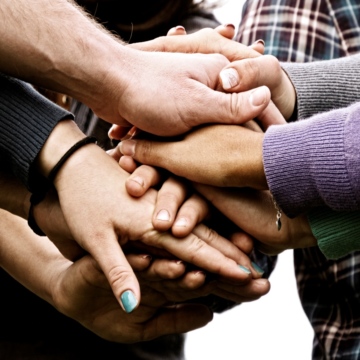
Latin American & Caribbean Remittances, 2015
The Continued Growth of Family Remittances to Latin America and the Caribbean in 2015
The Continued Growth of Family Remittances to Latin America and the Caribbean in 2015
In 2014, remittances to Latin America and the Caribbean grew 4%, reaching at least $62.3 billion.
The Costs of Sending Money to Latin America and the Caribbean
Remittances can build prosperity, rather than simply sustain survival, in communities throughout Central America.
Central American migration is linked to poverty, inequality, and violence in the region.
It has become increasingly difficult for remittance companies to access banking services. This memo analyzes current trends in bank account closures and discusses their implications for family remittances.
This report offers recommendations for Central American governments seeking to leverage the economic activities of migrants in a more integral manner.
Migrant transnationalism, in addition to being an expression of culture, identity and love, is an important economic phenomenon.
There has been a sharp increase in the number of unaccompanied migrant children from Central America attempting to enter the US.
The emigration and return of hundreds of thousands of Central Americans each year, often under difficult circumstances, represents a profound challenge for the region.
One of the greatest challenges that the Central American region faces is ensuring that economic development is sustainable and equitable.
In its fourth edition, the Remittances Scorecard ranks 30 companies working in 11 Latin American and Caribbean countries. It evaluates them across 12 indicators to assess their performance and competition in the money transfer industry.
Despite the economic importance of migration, Central American governments have lacked integral policies to leverage migration for development.
There are amply cited statements about remittances that typically reflect value judgments rather than informed opinions based on empirical evidence.
In El Salvador, a large population is incarcerated in jails that function more like “torture chambers.”


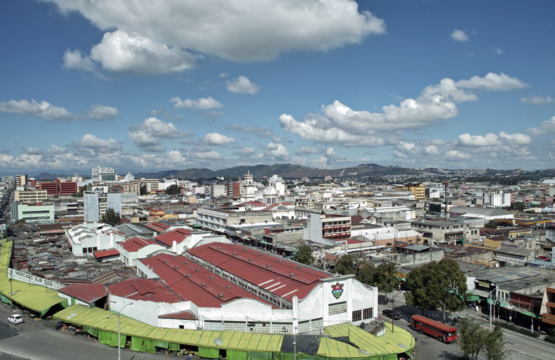
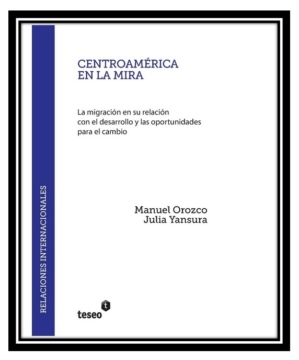
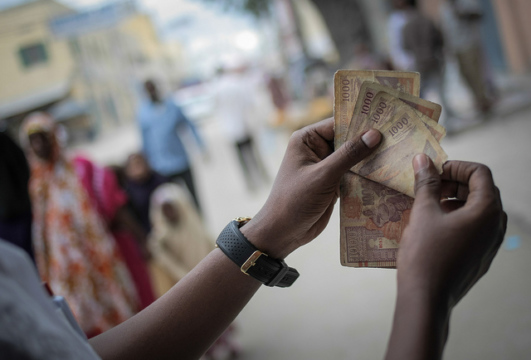
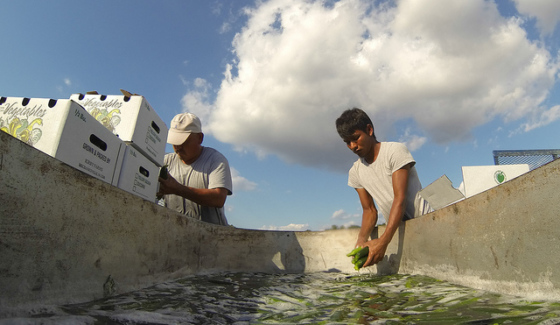
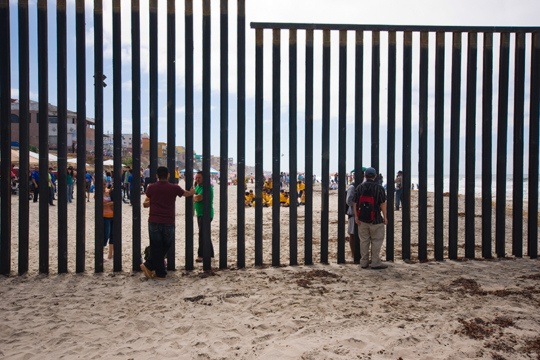
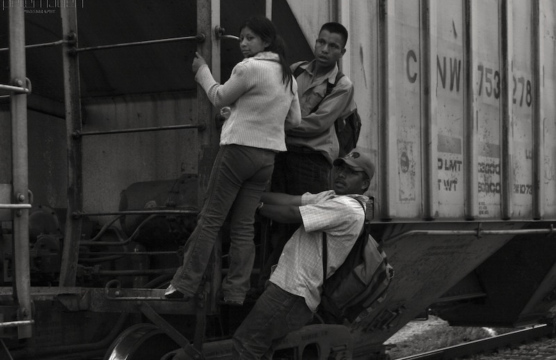
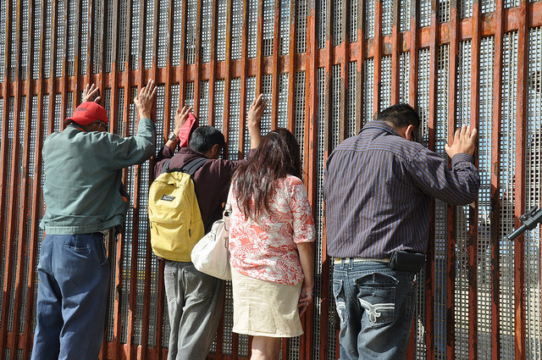

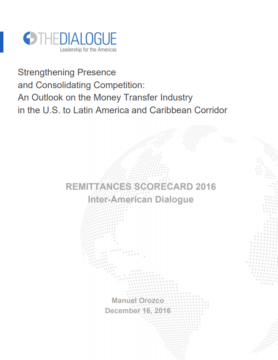
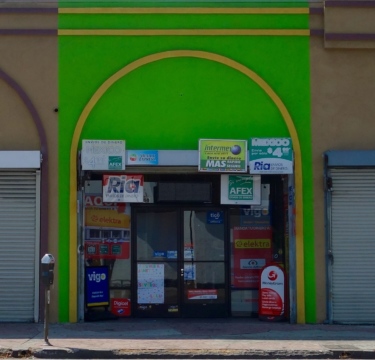
 Video
Video